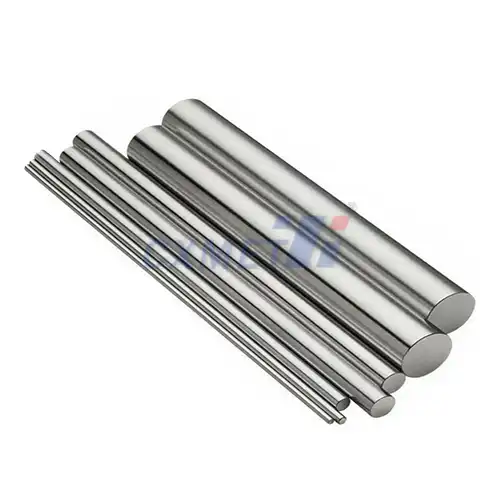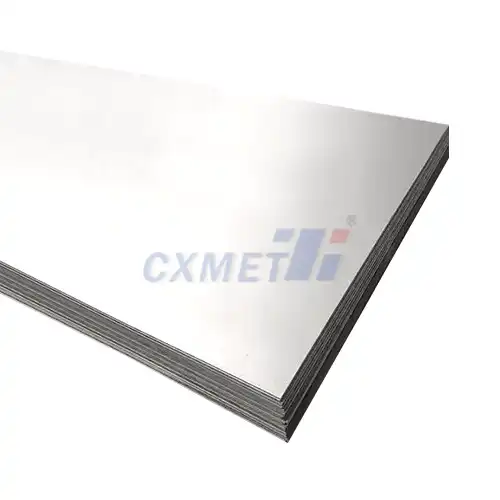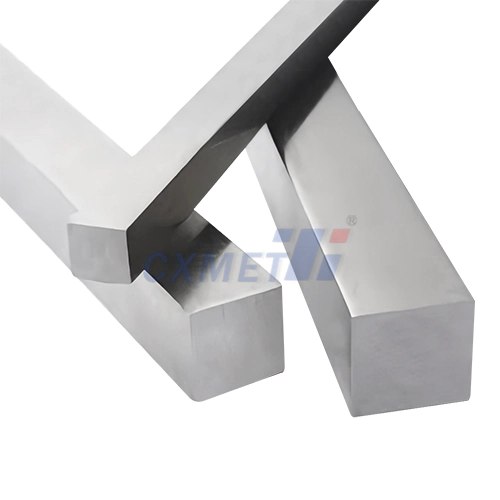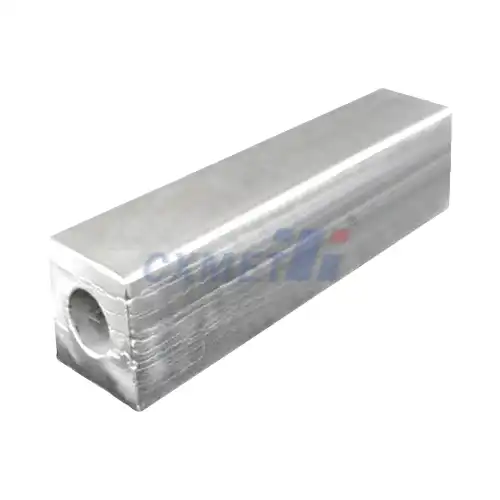- English
- French
- German
- Portuguese
- Spanish
- Russian
- Japanese
- Korean
- Arabic
- Greek
- German
- Turkish
- Italian
- Danish
- Romanian
- Indonesian
- Czech
- Afrikaans
- Swedish
- Polish
- Basque
- Catalan
- Esperanto
- Hindi
- Lao
- Albanian
- Amharic
- Armenian
- Azerbaijani
- Belarusian
- Bengali
- Bosnian
- Bulgarian
- Cebuano
- Chichewa
- Corsican
- Croatian
- Dutch
- Estonian
- Filipino
- Finnish
- Frisian
- Galician
- Georgian
- Gujarati
- Haitian
- Hausa
- Hawaiian
- Hebrew
- Hmong
- Hungarian
- Icelandic
- Igbo
- Javanese
- Kannada
- Kazakh
- Khmer
- Kurdish
- Kyrgyz
- Latin
- Latvian
- Lithuanian
- Luxembou..
- Macedonian
- Malagasy
- Malay
- Malayalam
- Maltese
- Maori
- Marathi
- Mongolian
- Burmese
- Nepali
- Norwegian
- Pashto
- Persian
- Punjabi
- Serbian
- Sesotho
- Sinhala
- Slovak
- Slovenian
- Somali
- Samoan
- Scots Gaelic
- Shona
- Sindhi
- Sundanese
- Swahili
- Tajik
- Tamil
- Telugu
- Thai
- Ukrainian
- Urdu
- Uzbek
- Vietnamese
- Welsh
- Xhosa
- Yiddish
- Yoruba
- Zulu
What are the Unique Properties of Tungsten High-Density Alloys?
2024-08-08 17:47:44
Tungsten high-density alloys (WHAs) are a class of materials that combine the exceptional properties of tungsten with other elements to create versatile and high-performance composites. These alloys are renowned for their unique combination of high density, excellent mechanical strength, and remarkable wear resistance. Typically composed of tungsten as the primary element (usually 90-97% by weight) and other metals like nickel, iron, or copper as binders, WHAs offer a range of characteristics that make them invaluable in various industrial and technological applications.
How are tungsten high-density alloys manufactured?
The manufacturing process of tungsten high-density alloys is a complex and multi-step procedure that requires precision and expertise. The process typically begins with the production of high-purity tungsten powder, which serves as the primary component of the alloy. This powder is obtained through various methods, including chemical reduction of tungsten oxides or direct powder production from tungsten ore.
Once the tungsten powder is prepared, it is mixed with powders of the binding metals, such as nickel and iron, in specific proportions depending on the desired final properties of the alloy. This mixing process is crucial as it ensures a uniform distribution of the components throughout the material. The mixture is then pressed into a compact shape using high-pressure techniques like cold isostatic pressing or uniaxial pressing.
The next critical step in the manufacturing process is sintering. During this phase, the compacted powder mixture is heated to temperatures just below the melting point of tungsten (typically around 1400-1500°C) in a controlled atmosphere. This high-temperature treatment causes the binding metals to melt and flow between the tungsten particles, creating a dense and cohesive structure. The liquid phase sintering process allows for the formation of a solid solution between the binder elements and partial dissolution of tungsten into the binder phase.
After sintering, the alloy undergoes a series of post-processing treatments to enhance its properties and shape it into the final product. These treatments may include hot isostatic pressing (HIP) to further increase density and eliminate any residual porosity, heat treatments to optimize the microstructure and mechanical properties, and various machining operations to achieve the desired final dimensions and surface finish.
The manufacturing process of tungsten high-density alloys is highly controlled and can be tailored to produce materials with specific properties. Factors such as particle size distribution, composition, sintering conditions, and post-processing treatments all play crucial roles in determining the final characteristics of the alloy. Advanced techniques like spark plasma sintering or additive manufacturing are also being explored to produce WHAs with even more refined microstructures and properties.
Quality control is an integral part of the manufacturing process, with rigorous testing and inspection procedures implemented at various stages to ensure the alloy meets the required specifications. This may include density measurements, mechanical testing, microstructural analysis, and non-destructive testing methods.
The complexity and precision required in the manufacturing of tungsten high-density alloys contribute to their relatively high cost. However, the unique properties and performance characteristics they offer make them invaluable in many high-tech and demanding applications where conventional materials fall short.
What are the main applications of tungsten high-density alloys?
Tungsten high-density alloys find a wide range of applications across various industries due to their unique combination of properties. Their high density, excellent mechanical strength, good thermal and electrical conductivity, and superior wear resistance make them ideal for use in demanding environments and specialized applications.
One of the primary applications of tungsten high-density alloys is in the field of radiation shielding. Their high density and ability to absorb gamma and X-rays make them excellent materials for constructing radiation protection equipment in medical facilities, nuclear power plants, and scientific research laboratories. WHAs are used to create collimators, radiation therapy equipment, and protective containers for radioactive materials.
In the aerospace and defense industries, tungsten high-density alloys play a crucial role in the manufacturing of kinetic energy penetrators and armor-piercing ammunition. Their high density and strength allow for the creation of smaller, more effective projectiles that can maintain their shape and integrity upon impact. WHAs are also used in the production of counterweights and ballast in aircraft and spacecraft, where their high density allows for efficient weight distribution in limited spaces.
The oil and gas industry utilizes tungsten high-density alloys in various downhole tools and components. Their resistance to wear, corrosion, and high temperatures makes them ideal for use in drilling equipment, such as non-magnetic drill collars and measuring-while-drilling (MWD) tools. WHAs are also employed in the production of shaped charges used in oil well perforating operations.
In the automotive sector, tungsten high-density alloys find applications in reciprocating engine components, such as piston rings and valve stems, where their wear resistance and high-temperature stability are advantageous. They are also used in the production of vibration dampers and balancing weights for high-performance engines and racing cars.
The electrical and electronics industries benefit from the properties of tungsten high-density alloys in the manufacturing of electrical contacts and heat sinks. Their good electrical conductivity, coupled with high wear resistance, makes them suitable for high-current switching applications. The thermal management capabilities of WHAs are utilized in the production of heat spreaders and thermal management components for high-power electronic devices.
In the field of sports and recreation, tungsten high-density alloys are used to produce weight-sensitive equipment. Golf club heads, fishing sinkers, and darts often incorporate WHAs to achieve optimal weight distribution and performance characteristics within compact designs.
The manufacturing industry employs tungsten high-density alloys in the production of cutting tools, dies, and molds. Their hardness, wear resistance, and thermal stability make them excellent materials for applications involving high stress and temperature, such as metal forming and injection molding processes.
Medical applications of tungsten high-density alloys include their use in radiotherapy equipment, surgical instruments, and implants. Their biocompatibility, combined with their density and strength, makes them suitable for certain medical devices and prosthetics.
In the field of scientific research and instrumentation, WHAs are used in the construction of balance weights, flywheels, and inertial components in precision instruments. Their high density and stability contribute to the accuracy and reliability of these devices.
The versatility of tungsten high-density alloys continues to drive innovation across industries, with new applications emerging as technology advances. Their unique properties make them indispensable in situations where high density, strength, and wear resistance are paramount, solidifying their position as critical materials in modern engineering and technology.
How do tungsten high-density alloys compare to other high-density materials?
Tungsten high-density alloys (WHAs) occupy a unique position among high-density materials, offering a combination of properties that sets them apart from other dense substances. To fully appreciate the distinctive characteristics of WHAs, it's essential to compare them with other high-density materials commonly used in industry and technology.
One of the primary competitors to tungsten high-density alloys is depleted uranium (DU). Both materials are known for their extremely high densities, with DU having a slightly higher density (19.1 g/cm³) compared to typical WHAs (16.5-18.5 g/cm³). However, WHAs offer several advantages over depleted uranium. Firstly, tungsten alloys are non-radioactive, making them safer to handle and eliminating the need for special precautions during manufacturing, use, and disposal. This characteristic is particularly important in medical and civilian applications where radiation exposure is a concern. Additionally, WHAs generally exhibit superior mechanical properties, including higher hardness and better wear resistance, which can lead to longer service life in many applications.
Lead is another high-density material that has been widely used historically. While lead has a lower density (11.3 g/cm³) compared to WHAs, it has been favored in some applications due to its low cost and malleability. However, tungsten high-density alloys offer significant advantages over lead, particularly in terms of strength, hardness, and environmental considerations. WHAs are much stronger and more durable than lead, making them suitable for applications involving high stress or wear. Moreover, the toxicity of lead has led to its phasing out in many industries, with WHAs serving as an excellent non-toxic alternative, especially in applications like radiation shielding and ballast weights.
Heavy metal alloys based on tantalum or hafnium are sometimes considered alternatives to WHAs in certain applications. These materials can offer high densities and good mechanical properties. However, tungsten high-density alloys generally provide a more cost-effective solution while maintaining excellent performance characteristics. The greater abundance of tungsten compared to tantalum or hafnium contributes to the more favorable economics of WHAs.
When compared to other refractory metals and their alloys, such as molybdenum or rhenium, tungsten high-density alloys often provide a better balance of properties. While these other materials may excel in specific areas (e.g., molybdenum's high-temperature strength or rhenium's ductility), WHAs offer a more versatile combination of density, strength, and wear resistance that makes them suitable for a broader range of applications.
In terms of thermal properties, tungsten high-density alloys generally exhibit better thermal conductivity than many other high-density materials. This characteristic makes them particularly useful in applications requiring efficient heat dissipation, such as in certain electronics or high-energy physics experiments.
It's worth noting that the comparison between tungsten high-density alloys and other materials is not always straightforward, as the properties of WHAs can be tailored to a significant extent through variations in composition and manufacturing processes. This flexibility allows WHAs to be optimized for specific applications, further enhancing their competitive edge over other high-density materials.
In conclusion, while other high-density materials may offer specific advantages in certain niche applications, tungsten high-density alloys provide a unique combination of high density, excellent mechanical properties, good thermal characteristics, and environmental safety. This versatile profile, coupled with the ability to tailor their properties, makes WHAs the material of choice in a wide range of demanding applications across various industries.
At SHAANXI CXMET TECHNOLOGY CO., LTD, we take pride in our extensive product range, which caters to diverse customer needs. Our company is equipped with outstanding production and processing capabilities, ensuring the high quality and precision of our products. We are committed to innovation and continuously strive to develop new products, keeping us at the forefront of our industry. With leading technological development capabilities, we are able to adapt and evolve in a rapidly changing market. Furthermore, we offer customized solutions to meet the specific requirements of our clients. If you are interested in our products or wish to learn more about the intricate details of our offerings, please do not hesitate to contact us at sales@cxmet.com. Our team is always ready to assist you.
References:
1. Bose, A., & German, R. M. (2019). Tungsten Heavy Alloy Manufacturing and Applications. In Tungsten (pp. 341-366). Springer, Cham.
2. Penrice, T. W. (1987). Alternative binders for hard metals. Journal of Materials Shaping Technology, 5(1), 35-39.
3. Upadhyaya, A. (2014). Processing strategy for consolidating tungsten heavy alloys for ordnance applications. Materials Chemistry and Physics, 144(3), 325-330.
4. Baoguo, S., Lian, L., & Jialin, S. (2018). Study on the microstructure and mechanical properties of tungsten heavy alloys. Rare Metal Materials and Engineering, 47(2), 401-406.
5. Jie, L., Jian, Z., & Yongzhong, Z. (2016). Research progress on tungsten heavy alloys. Rare Metal Materials and Engineering, 45(10), 2472-2481.
6. Ledoux, X., Scibetta, M., & Van den Berghe, S. (2017). Tungsten-based composites for nuclear applications. Journal of Nuclear Materials, 492, 22-31.
7. Kaczmar, J. W., Pietrzak, K., & Włosiński, W. (2000). The production and application of metal matrix composite materials. Journal of Materials Processing Technology, 106(1-3), 58-67.
8. German, R. M., Suri, P., & Park, S. J. (2009). Review: liquid phase sintering. Journal of Materials Science, 44(1), 1-39.
9. Lassner, E., & Schubert, W. D. (1999). Tungsten: properties, chemistry, technology of the element, alloys, and chemical compounds. Springer Science & Business Media.
10. Gong, X., Fan, J. L., Ding, F., Song, M., & Huang, B. Y. (2018). Effect of tungsten content on microstructure and quasi-static tensile fracture characteristics of rapidly hot-extruded W-Ni-Fe alloys. Materials Science and Engineering: A, 726, 101-107.




